600 miles south to Arco
Having spent an extra day in Glacier on personal and van maintenance, we now have a long 600 mile drive south down to Arco in Idaho where we intend to visit the Craters of the Moon National Park – so called because it was formed by lava from a volcano and so resembles the surface of the moon that it is said that it was used in the training of Apollo Astronauts.
Some of the towns we pass through still have houses or shops dating back to the early days of the Wild West.
The Rockies are ever present to the west and we wonder what
settlers must have thought when they proceeded over the flat plains towards them.
For us, a lot of the roads are reasonably flat and straight and quite boring to drive down, particularly when the speed limit is quite slow and police cars seem to hide ready to catch speeding motorists – we see a couple of cars each day parked in front of a police vehicle with its lights flashing and the policeman filling in forms.
Having arrived at the Idaho border some 7120ft above sea level after a long climb up a winding road, we descend the other side
and pass what looks like some log cabins from the early settler days.
These are now used to house cattle but look old. Log cabins are still sold as houses and we have passed quite a number of house builders offering log houses built to order for you to live in.
The landscape is large and wide and empty for over a hundred miles as we go south – it really is quite beautiful in an empty sort of way and one cannot help but admire the fortitude of the early settlers who lived out here.
One thing which particularly vexes us is the approach to the use of resources. Idaho has a lot of water in its aquifer and
hence local farmers water their fields 24 hours a day using very long watering lines (the above line is about 1 mile long). The majority of the fields we pass are being watered - obviously potatoes benefit from water but 24 hour a day watering seems to us to be a bit long. One explanation we were given is that unless farmers continuously use the water beneath their land, “water rights” issues mean that they will loose the right to use it only when they want to. Hence the level of water in the aquifer is falling and problems lay ahead for these farmers.
And after driving down a long straight road for a long time, we arrived at Arco. Arco itself is not known for very much other than a cliff face overlooking the town
where every year, the graduating class from the local high school paint their year number on the cliff face
and perhaps more interestingly, for the fact that Arco was the first town “in the free world” (as they describe it) to have its electricity supplied from an atomic reactor – July 17th 1955 being the date.
A few of the original street lamps lit by atomic power remain on display in the town.
The town also boasts a cafe which describes itself as “The
Home of the Atomic Burger” !
Atomic Reactor Museum near Arco
Some 20 miles to the east of Arco is the only Atomic
Reactor Museum in the world. All that remains of the
original complex is the building within which the reactor
was built and operated and this is now a national
monument and hence the signatures of the team who constructed and operated the first atomic reactor are preserved for posterity on the wall of the reactor building.
although the reactor was decommissioned a long time ago, you can stand on the top of the reactor, look into the safe within which
the fuel was stored before it was placed within the reactor
and visit the control room and see the SCRAM button (used to shut down the reactor in case of emergency). Physicists will appreciate the story (if it is true) about the origins of the word
SCRAM. When the first reactor was built in Chicago during WWII, a single control rod was positioned above the reactor attached to a bit of rope. If for Safety reasons, the reactor had to be shut down in an emergency by letting the Control Rod fall into the reactor, an Axe Man was positioned with to cut the rope with the axe – hence Safety Control Rod Axe Man. I am not sure it is true but it is a good story.
The original fuel pond is there (where used fuel would be stored)
as is the generator which converted the heat produced by the reactor into electricity,
the handling chamber within which radioactive materials were handled using remotely controlled hands
and a training set of hands which you could play with and hence appreciate how difficult they are to operate (except for Pat who got it right the first time she used it)
and a training control room from one of the second stage atomic reactors within which you could simulate control of the reactor.
Also there was the original Zero Power Reactor which was operated by slowly (and somewhat alarmingly at least in my
opinion), bringing closer together two large metal plates within which were positioned sub critical mass atomic products until their closeness started an atomic reaction. Physicists will understand why this might not be a good idea.
We were shown around by a graduate student who answered all of our questions whilst sticking to the official script and seemed pleased that she was showing around someone who knew (or more truthfully, just remembered) a little about nuclear physics.
It was a really interesting place to visit (at least for a Physicist it was!). Their website here has more information and some videos about the museum.
Using dumps at American camp sites
At the request of one reader, this explanation has been moved to the end of the blog rather than the start – perhaps it was putting him off his dinner?
To start with, a simple guide to using toilet dumps for your campervan! I include it here because the technique is slightly different to that we have used in other countries and before we came here, I was wondering how to do it and others might like to know if they too are wondering.
As is usually the case, we have two dump tanks on the van, one for grey waste from sinks and the shower and one for black waste from the toilet. Our grey tank seems to be large enough to last a few days before the gauge in the cab shows it is full, the black tank seems to be able to last a long longer.
There is a flap on the side of the van which when opened shows the above plumbing.
Two pipes - black on the right and grey on the left, combining into a larger pipe with a cap over the end.
Dumping is very simple,
we pull a large but not overlong hose out of the back bumper and connect it to the base of the large pipe (having first removed the cap).
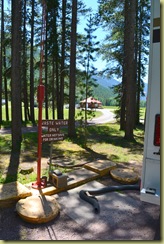 Then we pull out the black handle and when the sound of emptying has finished, pour a bucket of fresh water down the toilet for an additional flush. Then having pushed the black handle back in, do the same for the grey handle but pour a bucket of fresh water down the sink. Then push the grey handle back in, replace the cap, flush the pipe and re-stow it.
Then we pull out the black handle and when the sound of emptying has finished, pour a bucket of fresh water down the toilet for an additional flush. Then having pushed the black handle back in, do the same for the grey handle but pour a bucket of fresh water down the sink. Then push the grey handle back in, replace the cap, flush the pipe and re-stow it.
One other task which needs doing is to pour half a bottle of “enzyme” down the sink and down the toilet. This is said to aid digestion within the tanks and to prevent smells. A bottle of enzyme costs around $3 so it can work out expensive if you dump often.
Both tanks are now emptied and ready for refilling! The whole process takes about 10 minutes. Most RV sites have a dump station, some pitches have dump pipes at the pitch and we have seen lots of signs to dump stations as we have driven about.
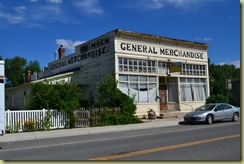
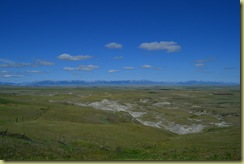
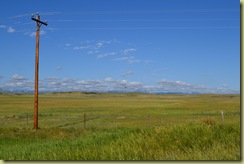
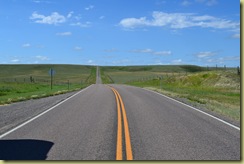
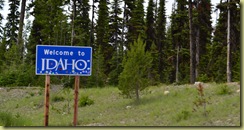
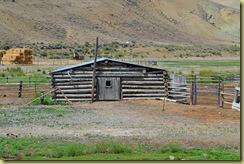
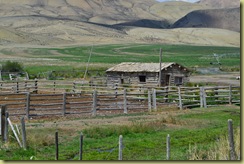
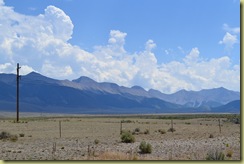
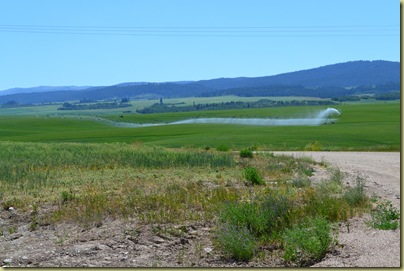
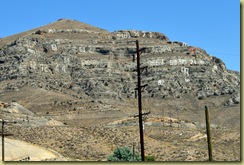

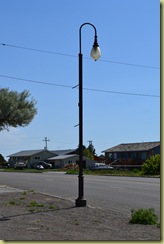
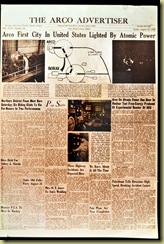
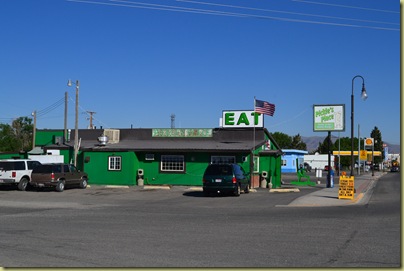
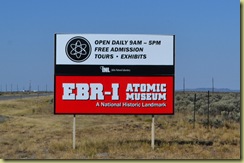
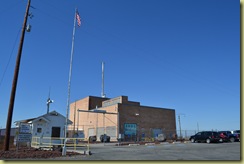
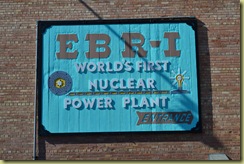
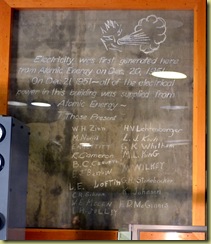
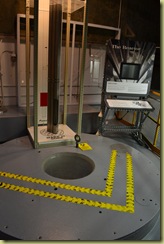
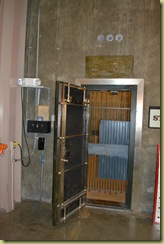
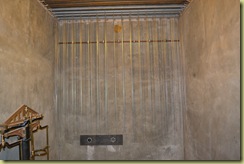

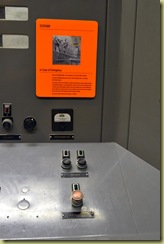
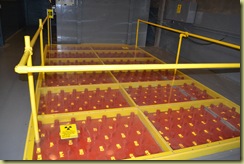

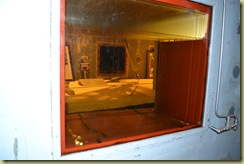
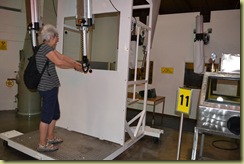

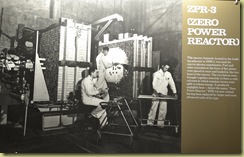
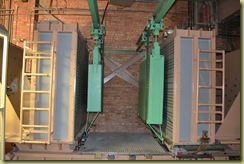
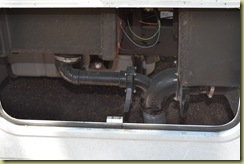
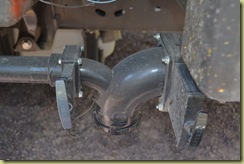
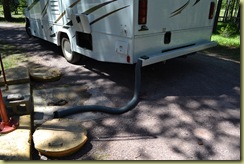
No comments:
Post a Comment